![A PORTAL EXPERIMENT: Resistance x Gentrification [2013]](http://moanamayall.net/wp-content/uploads/2019/03/hp-39.jpg)
A PORTAL EXPERIMENT: Action Resistance x Gentrification [2013]
Action Resistance x Gentrification: The occupation of places and the formal articulation as resistance [alter.nation/Tjago Bartolo + A portal experiment] Telematic meeting projected in public venues in Berlin and Complexo do Alemão, Rio. December, 2013
The aim of the meeeting (live and telematic) is an observatory for practices of occupation of public or private spaces or the resistance of populations to remain or to be able to shape them in these places. Examples of two large cities in Germany and Brazil are presented with a brief contribution of different initiatives. A video call with members of “ Ocupa Alemão “, “ Instituto Raízes em Movimento”, “ Jornal Alemao Notícias “ from Rio de Janeiro and from members of TeePee country , Free Cuvry , and Ideenwerkstatt Freudenberg area of Berlin will contribute to the discussion. Topics include the history of the occupation in both cities, their specific contexts and self-organization as a tool to establish a formal articulation in areas towards public or private owners, as well as the expression and resistance movements in the favelas (slums) against arbitrary government urbanization projects, also linked at the time linked to the sport megaevents about to take place in Rio, such as Fifa’s World Cup and the Olympic Games.
Through the dialogue between such different places and contexts , we encourage the sharing of important information regarding the abuse of human rights in a globalized gentrification. Side effect of a “ greedy “ financial market and civil strategies to prevent the situation will be shown and discussed by the reinterpretation of basic terms such as “ public” and “ citizenship “ .
The first portal experience, connecting Berlin and Alemão, happened in collaboration with alter.nation, Cuvry, Teepee land, Ideenwerkstatt Freudenberg Areal, Ocupa Alemão, Raizes em Movimento and Barraco#55. On the other side, Thainã (Ocupa Alemão) tells us that the other collectives’ participants can not be there, as everybody was busy in task force to help the people that lost their houses during the heavy rains in the beginning of the month. Both Ocupa Alemão and Instituto Raizes em Movimento were engaged in denouncing the negative effects of the Accelerated Development Program (PAC)
The present participants could share what was happening here and there, which tools and procedures they had in hand to defend themselves and develop communitarian collaborative projects.
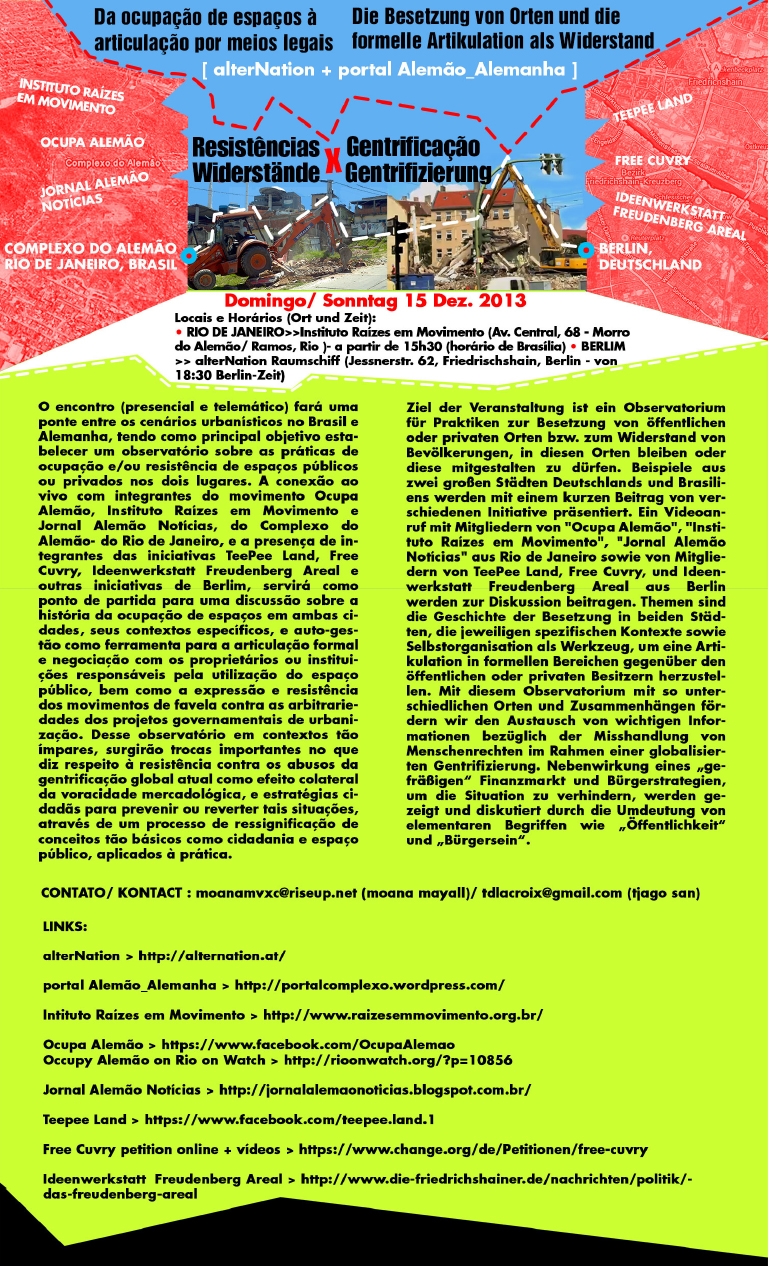
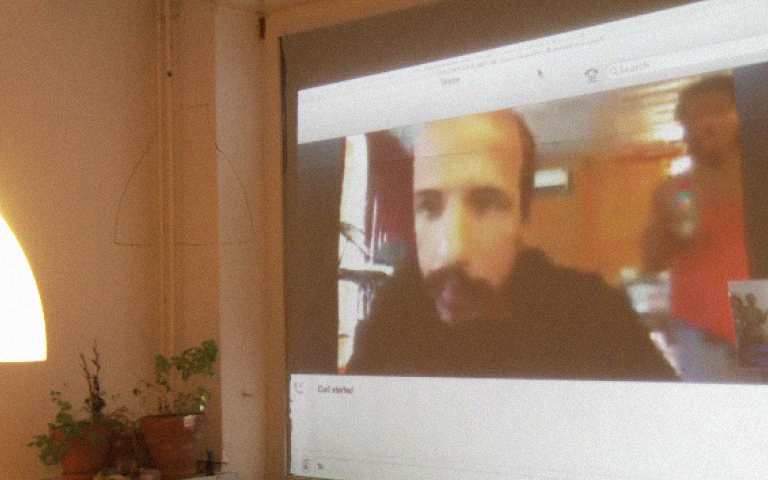
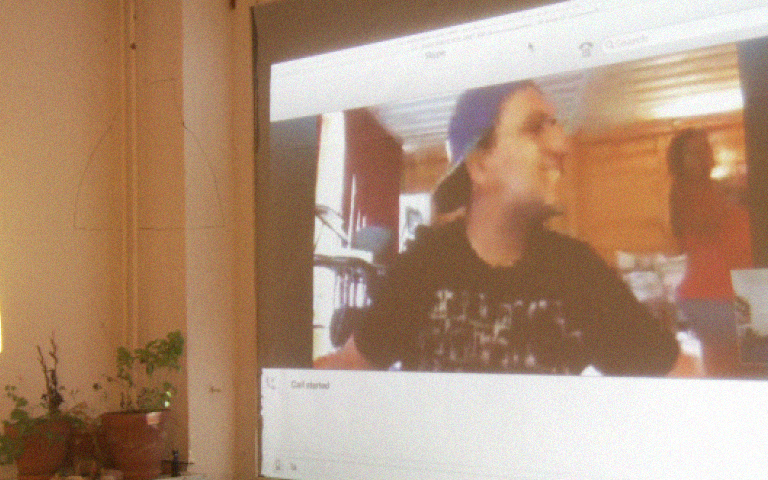
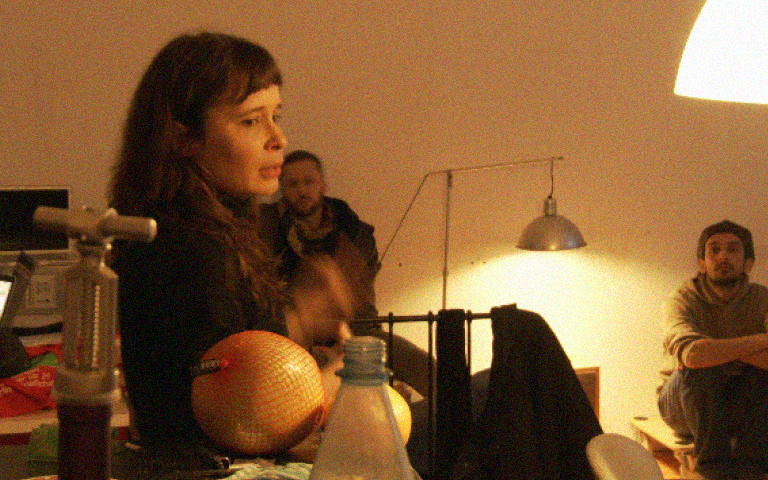
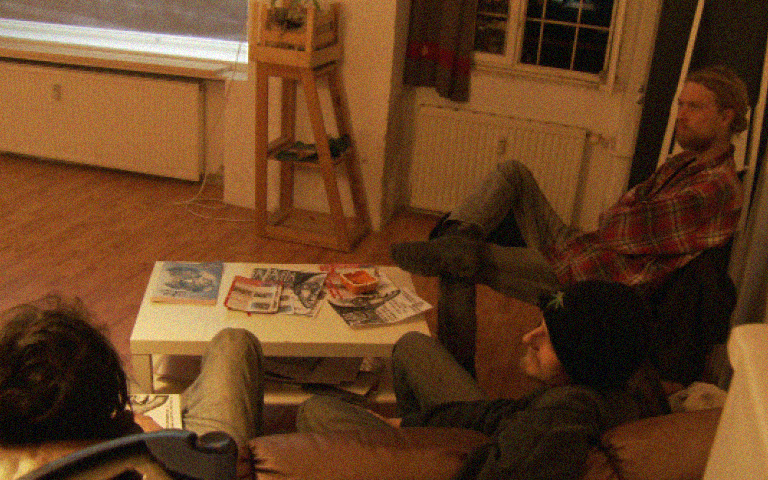
*A Portal Experiment
Complexo do Alemão <->Deutscher Komplex
This is a collective project that happens in constant collaboration, friendship and solidarity with collective Papo Reto , residents of Alemão and other favela communities in Rio.
Among hundreds of favelas in Rio, one was called Morro do Alemão (=“German’s hill”), actually named after a Polish man, Leonard Kaczmarkiewicz- who moved to Rio after World War I. He bought the land in the Northern Zone of Rio de Janeiro, at the time the first industries were being installed on Avenida Brasil, and became a faveleiro (=land owners who used to rent the ground to the favelados, in this case poor workers coming from Rio and other regions of Brazil, namely the Northeastern, also to work in these industries). It was not long before the place became known as Morro do Alemão (German’s Hill), due to Kaczmarkiewicz’s physical looks (a person of stereotypical European complexion is informally called “alemão”, “galego” or “russo”, in Brazilian Portuguese). Nowadays, the biggest complex of favelas in Rio, formed by the 16 neighbor favelas around Morro do Alemão, is known as Complexo do Alemão (German Complex).
Alemão (German), due to the inflated imaginary of World War II in all media, became a war code among drug dealing factions and nowadays it’s still a very popular slang in the favelas of Rio de Janeiro, which means: 1. outsider; 2. enemy; 3. the police
A Portal Experiment consists of an ongoing interdisciplinary cartography* shared with the public in the form of collaborative actions and mixed media artworks/ exhibitions/ archives, where feedbacks in-between both territories are also taken into account for the next editions. It takes place in-between two remote territories: one is Complexo do Alemão (=“complex of the german guy”/ “german complex”), a group of 16 favela communities located in Rio de Janeiro, Brazil, and the other is Berlin, Germany.
The cartography* is formed by opening some “portals” in-between the official maps, which gives me access to different layers of history and (psycho)geography: traces, gaps, records, memories, affections, synchronicities … Usually two places, themes or situations are chosen-one in Complexo do Alemão and the other in Berlin. Some autobiographical nodes are also highlighted in the portal cartography: my own personal stories “excavate” the “his-tory of the world”, as well as the somewhat “silent” stories of my country, histories yet to be told by our own people.. . in each approach, the “excavation” continues, a great deal influenced by personal experiences and random (interdisciplinary? non- disciplined?) linkings. The many layers overlap in different crossings, resisting the limits of the official territories and narratives. Beyond the juxtaposition of fragments from both diverse worlds, the idea of the portal also provokes the perception of continuity between historical processes in Brazil and Germany.
In the favela, my “German complex” is my “white middle-class complex” . I’m an outsider, in-betweener, set apart from the favela, in an apartment in the southern Zone of Rio.
Initially sponsored by Dom Pedro II (end of XIX century), the colonization of Brazil by Germans and Italians not only had the objective of populating uninhabited regions of Brazil, but was also a eugenicist project for the creation of a genetically and culturally whiter middle class.
An important, practical and ethical dimension of this long term project- so far independent from institutional funding- is the ongoing exercise of listening and horizontal collaboration with favela social movements in Brazil. Since 2013, the project is in collaboration with the media activism collective Papo Reto (formerly members of Ocupa Alemão), a network of activists reporting issues that are relevant to Complexo do Alemão and other favela communities, engaging in copwatch and counter stereotypes, while also fostering spaces for dialogue and exchange.
What is it like to talk about a so called “other”, in a context where I am also considered an “other” myself ? While my social status of “white middle class” in Brazil entails a more privileged condition in terms of Brazilian society, in Europe it’s my South American “mestiza” background that will connect me to Afrobrazilian and Indigenous references, not refusing the problematics and critical, colonial, reflections both categories may bring about. The way I inhabit Alemão, being now in Berlin, as an outsider in both places, leads me to some other kind of “territory”, yet to be explored as both places relate and talk to each other, as they recombine or remix in voice, image, imagination, history and fiction: “synchroni-cities” in progress…
Ich bin nicht typisch/ Ich bin nicht so Brasilianisch in Brasilien./ Vielleicht eine echte Brasilianerin bin ich hier, in Deutschland./ Eigentlich, bin ich eine “Alemã” (Deutsche) in der Favela.” [I’m not typical/ I’m not so Brazilian in Brazil./ Maybe I am a real Brazilian here, in Germany./Actually, in the favela, I am an “Alemã” (German)
The portal is the opposite of the wall. Through the poetic strategies of collage/remix/ text cut ups, “decolonial décollage”, streams of consciousness, multidirectional memory** and psychogeographic drifts, this project intends to activate a dialogue environment between the two territories- yet generating a new hybrid territory which remixes intimate and geopolitical landscapes. I work with very diverse media, depending on how the contents inspire me- the experimentation with formats and methodologies is also part of the process.
Notes
* by “interdisciplinary cartography” I mean alternative ways of mapping, expanding the meaning of territories through their living realities, dialogues and the research references of the project. The methodology consists of bridging different fields of knowledge, namely history, visual arts, poetry, sound arts, as well as an ongoing personal archive of experiences.
“The practice of a cartographer refers to, fundamentally, the strategies of the formations of desire in the social field. And little does it matter which sectors of the social life he/she chooses as an object. What matters is that he/she remains alert to the strategies of desire in any phenomenon of the human existence that one sets out to explore: from social movements, formalized or not, the mutations of collective sensitivity, violence, delinquency. . . up to unconscious ghosts and the clinical profiles of individuals, groups and masses, whether institutionalized or not.
Similarly, little matters the theoretical references of the cartographer. What matters is that, for him/her, theory is always cartography-and, thus being, it creates itself jointly with the landscapes whose formation he/she accompanies (including, naturally, the theory introduced here). For that, the cartographer absorbs matters from any source. He/she has no racism whatsoever regarding frequency, language or style. All that may provide a language to the movements of desire, all that may serve to coin matter of expression and create sense, is welcomed by him/her. All entries are good, as long as the exits are multiple. ”
in Sentimental Cartography, Suely Rolnik
** Michael Rothberg proposes the concept of multidirectional memory from concluding that the assumption of a competition or comparison between different victim histories is analytically unprofitable. “Against the framework that understands collective memory as competitive memory – as a zero-sum struggle over scarce resources – I suggest that we consider memory as multidirectional: as subject to ongoing negotiation, cross-referencing, and borrowing; as productive and not private.”. (Rothberg 2009:3 in Multidirectional Memory: Remembering the Holocaust in the Age of Decolonization (Cultural Memory in the Present). He proposes to observe the worldwide memory of the Holocaust as not diminishing the importance of other victim stories, but rather as able to produce articulation. In doing so, the reference to other stories may function beyond their temporal and spatial location, contributing to the collective recognition of suffering.